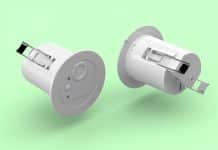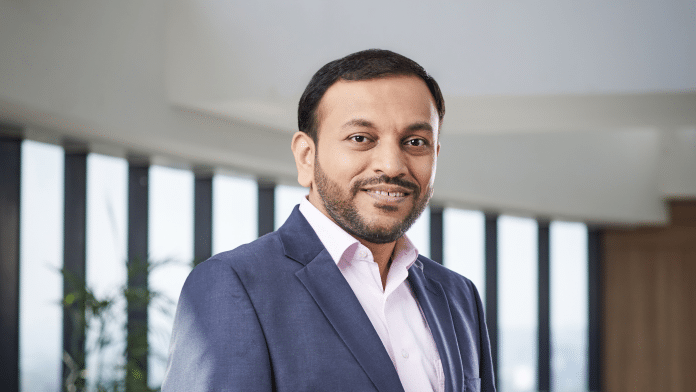
Kolte-Patil Developers are at the forefront of integrating cutting-edge Building Automation Systems (BAS) and Home Automation Systems (HAS) into their projects. Rahul Talele, Group CEO, Kolte-Patil Developers Ltd shares insights into the transformative impact of these technologies on enhancing functionality, efficiency, and overall living experiences within their projects.
What is your experience of incorporating Building Automation systems (BAS) and Home Automation Systems (HAS) into your development projects?
Kolte-Patil has successfully integrated building automation systems (BAS) and Home Automation Systems (HAS) into their projects. These systems are no longer just add-ons but essential features that enhance the living experience for residents. This aligns with the real estate industry’s growing focus on smart and sustainable features.
How do you perceive the role of Building Automation and Home Automation in enhancing the overall functionality and efficiency of buildings and residential spaces?
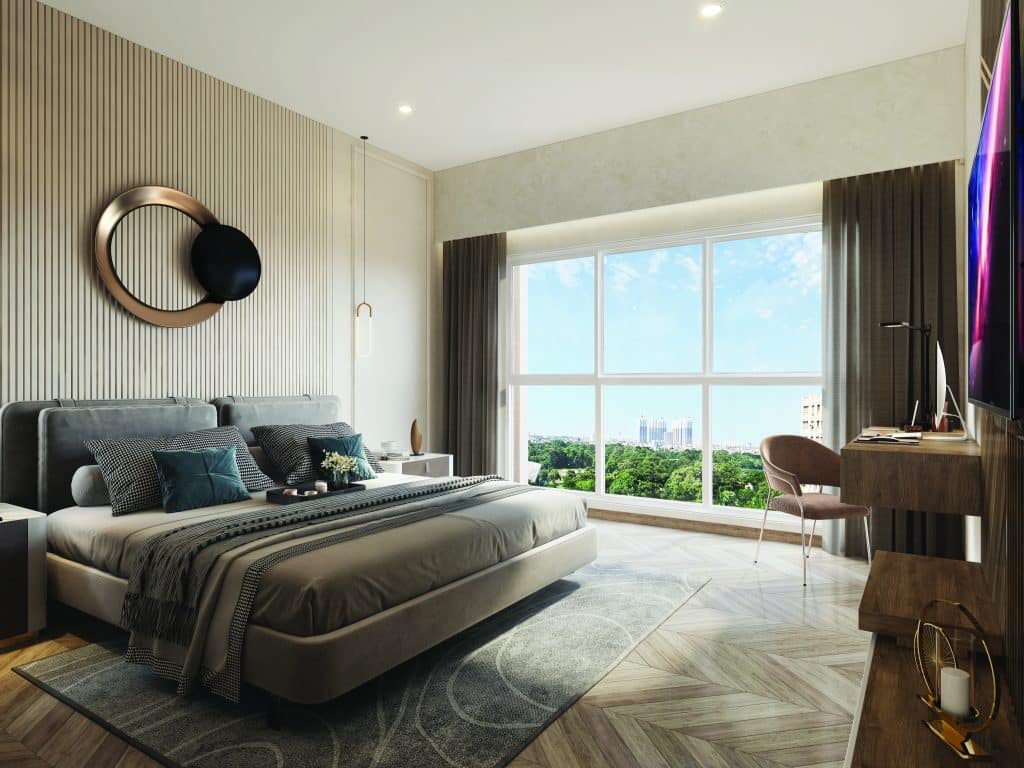
Building and home automation significantly improve functionality and efficiency in buildings and residences. They automate repetitive tasks like lighting control and temperature regulation, streamlining operations. This optimization of resource usage, combined with remote monitoring and management capabilities, leads to cost savings for residents and property managers. Industry analysts predict significant growth in the smart home market, highlighting the potential of automation in shaping real estate’s future.
What specific features or functionalities of building automation systems do you find most valuable in your projects (e.g., HVAC control, lighting automation, access control, energy management)?
Features like HVAC control, lighting automation, access control, and energy management are particularly valuable in our projects. These create a comfortable living environment while ensuring efficient resource utilization. Smart thermostats, for example, can learn resident preferences and adjust automatically, reducing energy consumption without sacrificing comfort. This aligns with the construction industry’s growing focus on sustainability, where energy-efficient solutions are becoming a key differentiator.
In what ways do Building Automation Systems contribute to sustainability and energy efficiency goals in your projects?
Building Automation Systems plays crucial role in achieving sustainability and energy efficiency goals. By optimizing energy usage with features like smart lighting and occupancy sensors, these systems significantly reduce energy waste. Additionally, the ability to integrate renewable energy sources like solar panels further strengthens environmentally conscious development practices. Forward-thinking developers recognize the environmental and economic benefits of sustainable practices, making them a core focus in new projects.
How do you approach the integration of Building Automation Systems with other building systems and technologies (e.g., HVAC, lighting, security)?
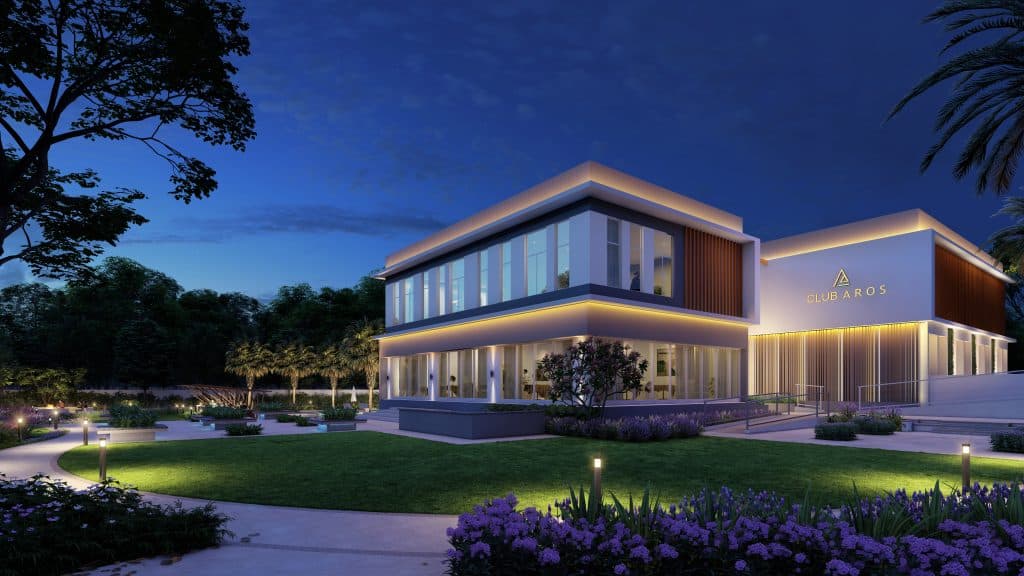
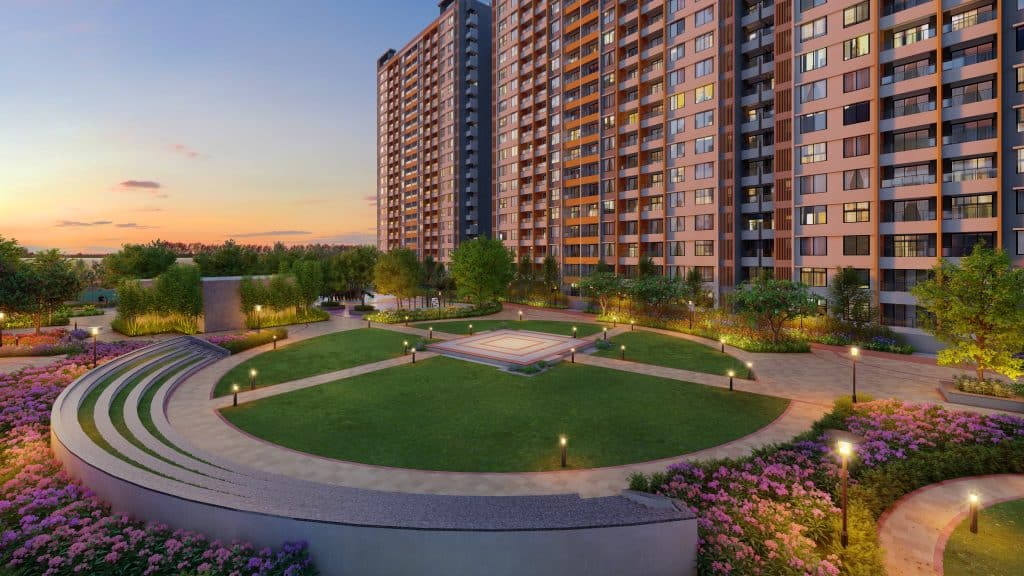
At Kolte-Patil Developers, we take a holistic approach, ensuring seamless integration with existing systems like HVAC, lighting, and security. Collaboration with tech partners is key to achieving this synergy, maximizing the benefits of automation. This focus on integrated ecosystems is a growing trend within the industry.
What are the main challenges or barriers you encounter when implementing building automation systems in your projects, and how do you address them?
Building automation systems offer significant benefits, but their implementation presents distinct challenges. These include technological complexity, interoperability issues between disparate systems, and fostering user acceptance. We recognizes these challenges, and tackles them through meticulous planning, stakeholder engagement, comprehensive training to the users and our engineers, and continuous system refinement based on user feedback. This ensures a smooth implementation and empowers users to fully benefit from building automation
How do you ensure that building automation systems are user-friendly and intuitive for occupants and end-users?
User experience is paramount in our design and implementation of BAS. We understand the challenges residents can face with complex interfaces. Therefore, we ensure our systems are intuitive and user-friendly, with features like voice control and smartphone app integration becoming increasingly common. User training, clear documentation, and ongoing support mechanisms are crucial components of our approach. Industry leaders recognize that resident education is essential for successful adoption of automation technologies.
What considerations do you take into account when selecting building automation technologies and solutions for your projects (e.g., scalability, compatibility, cost-effectiveness)?
While selecting building automation technologies, we prioritizes several factors. First, scalability is crucial. The system needs to adapt and grow alongside future demands. Compatibility with existing infrastructure is equally important for a seamless integration process. While cost-effectiveness is a consideration, it cannot come at the expense of reliability and long-term sustainability. Ultimately, we seek flexible and future-proofed solutions that can adapt to the ever-evolving landscape of smart home and building automation technologies.
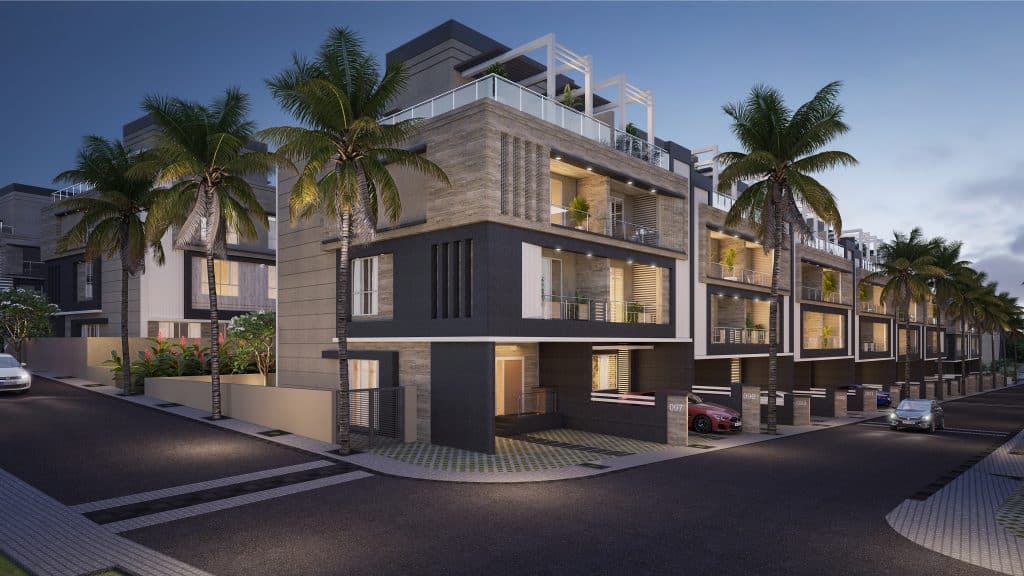
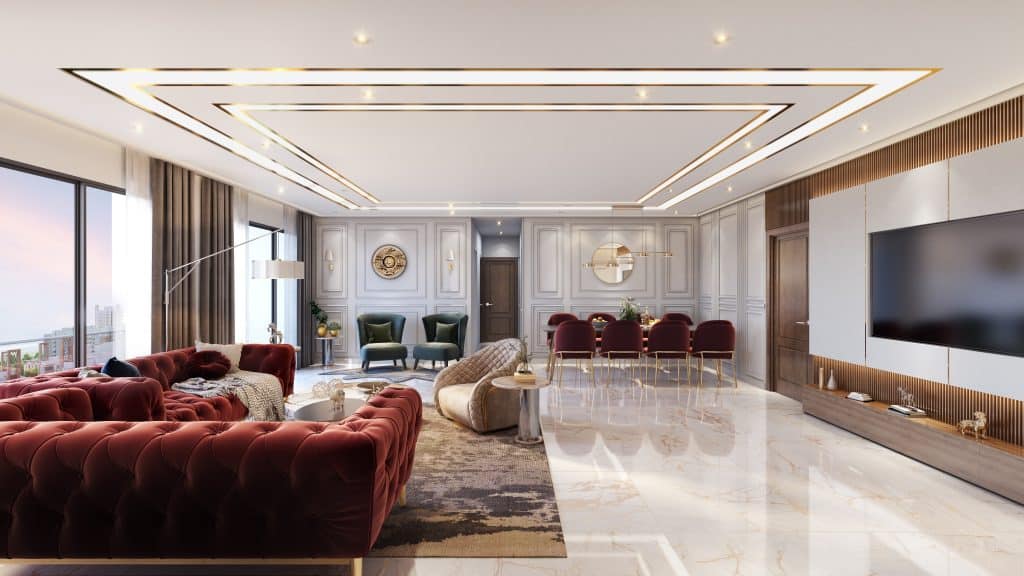
Can you provide examples of successful projects where the implementation of building automation systems has had a significant impact on building performance, occupant comfort, or operational efficiency?
At several projects in our portfolio across our key operating geographies of Pune, Mumbai and Bengaluru, we’ve implemented a comprehensive suite of features and building automations systems including security systems, lighting automation, HVAC & fire alarm systems. Some examples include, Aros, 24K Espada, and Sound of Soul within our flagship township project ‘Life Republic’ in Pune. Likewise, various projects under our premium luxury brand ‘24K’including 24K Altura and 24K Manor in Pune have these systems. K52 project in Khar, Mumbai, is another such example. We have seen tremendous response from customers for all of these projects. The primary advantage is that this automation allows facility managers to remotely monitor and control building systems through a centralized interface or mobile app, enabling quick responses to emergencies and real-time adjustments for optimal building operations. BAS integration with other systems creates a unified platform for facility management, improving coordination and overall building security and safety.
How do you see the future of building automation and home automation evolving in the real estate development industry, and what opportunities do you foresee for further innovation and adoption?
The real estate development industry is experiencing a surge in building and home automation. We see exciting possibilities for the future, with AI personalizing experiences, data analytics optimizing performance, and enhanced IoT connectivity fostering voice-controlled homes and seamless device integration. Kolte-Patil Developers is committed to leveraging these advancements to deliver cutting-edge, sustainable living experiences for our customers.
Learn more about Kolte-Patil by clicking the link below: https://www.koltepatil.com/



